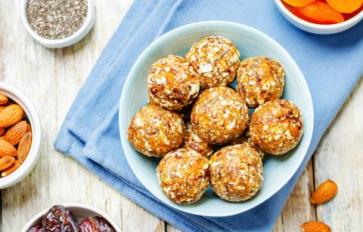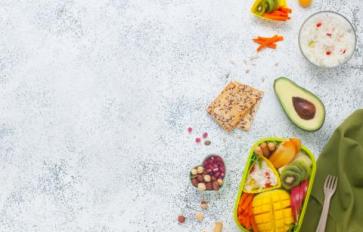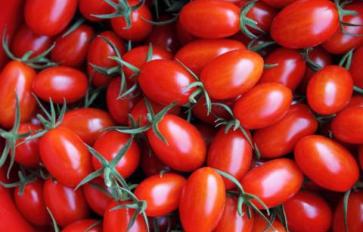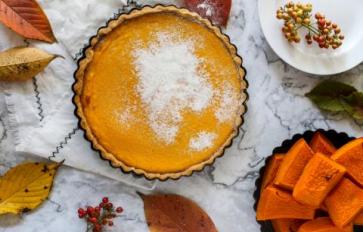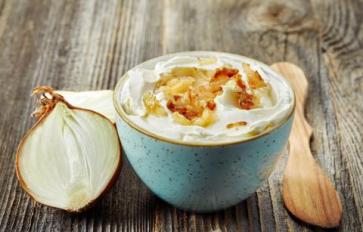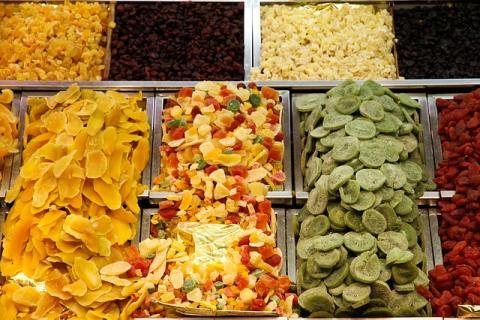
With the sugar-filled holiday, Halloween now in the past it can be a struggle to get the little ones to want to eat ANYTHING but candy.
Fruit leathers are a healthier, sweet, candy-like snack that are actually kind of good for the kids. It’s always fun to have the kids help with this recipe, and then they will know one of the ways of making Real Candy. When I was a little girl my Abuelita (Grandmother) would always give me candied fruits and fruit leathers instead of sugar filled candy.
Tips
There aren’t really any set recipes when it comes to fruit leathers. Consider it to be somewhat of a taste bud experimental frenzy.
It is important to use high-pectin fruits. The pectin in the fruits is essential to creating the proper mixture and texture to the leathers. If you want to use fruits that are low pectin, however, simply use a half & half combination of low/high. For instance, apples contain a high pectin content and peaches do not, so using half-apple and half-peach in a leather recipe would work well.
A source of sugar will produce a more pliable leather. I prefer to use honey or agave nectar. Keep in mind, the higher the sugar content of the fruits you choose the better it is because then you will not have to add additional sweetener.
Step 1: Make A Fruit Puree
You will need Fresh fruit – Water – Lemon Juice – Honey or Agave – Optional spices for flavor.
Clean, core, de-stem, seed, and pit your fruits. Cut the fruit into cubes. Make sure you taste your fruit so you will know if it needs any sweetener or maybe a little lemon to balance out something that’s too sweet. The lemon juice will also help preserve the leather.
You can make as much or as little as you’d like – the best ratio is for every 4 cups of chopped fruit add ½ cup of water. So add your fruit and the water into a saucepan and bring it to a simmer. Turn the heat down to low and cover, letting it cook for another 10-15 minutes, or until the fruit is fully cooked. Uncover and stir, leaving the heat on. Be sure to taste the fruit again to see what is needed.
Mash the fruit down with a potato masher, right in the saucepan. Now you can add any sweetener or lemon juice. I suggest only adding in small amounts at a time, giving it a good stir, and tasting before adding more. Allow fruit to cook down for another 10 minutes or so.
Remove the pan from the heat and allow the puree to cool. Pour the puree into a processor -- whether it is electric or hand powered -- and puree the fruit mixture until it is smooth.
Step 2: Filling Your Trays
No matter which drying method you choose you will need a cookie sheet or tray of some sort and parchment paper. Line your edged tray with parchment paper, allowing a little to hang over the edges. Spread the puree into the pan about 1/8 of an inch thick. This process works no matter the drying method you choose.
Step 3: Drying
There are 3 different ways to make fruit leathers: sun dried, dehydrated, or in the oven. We’ll cover each below:
Sun Drying
If you live in a location that gets good strong sunshine throughout the day it’s good to dry your leathers outdoors. Simply fill your tray as instructed above then cover the whole entire tray with a cheese cloth to keep out bugs and debris. Set the tray in a safe spot directly in the sun. This method can take a day or so, so be ready to bring the leathers in at night and then put them back out in the morning. Repeat until the leathers have dried all the way out.
Dehydrator
This is one of the faster methods of the three. Simply line the tray and put in the dehydrator at 135 degrees Fahrenheit until done. The time using a dehydrator will vary based on the settings on your machine.
Oven Dried
This method takes anywhere from 8-12 hours, depending on the size of the batch and oven space available. Fill your pans as instructed above. Set your oven to 140 degrees Fahrenheit or as low as it will go. Letting the leathers dry out on a slow roast in the oven is a nice option on a cool day.
One of the fun things about fruit leathers is how much you can play around with your combinations of fruits. There is such a wide variety of fruits to choose from; the opportunities are close to endless. Another thing that you can do is add different spices to your fruit leather. For example, I love to make an apple cinnamon flavor.
There is no way to be sure that your drying method has removed all of the moisture from the fruit, so it is best to remove the fruit leather from the pan parchment and all. Using scissors you can cut strips, making it easy to make your own fruit roll up. You can use cookie cutters to make fun shapes and designs.
About Food dot Com has a nice article that lists the fruits containing high-pectin and low-pectin. This will be a big help when making your fruit selections. Remember you CAN use low-pectin fruit -- you should just dilute it with half of a high-pectin fruit.


